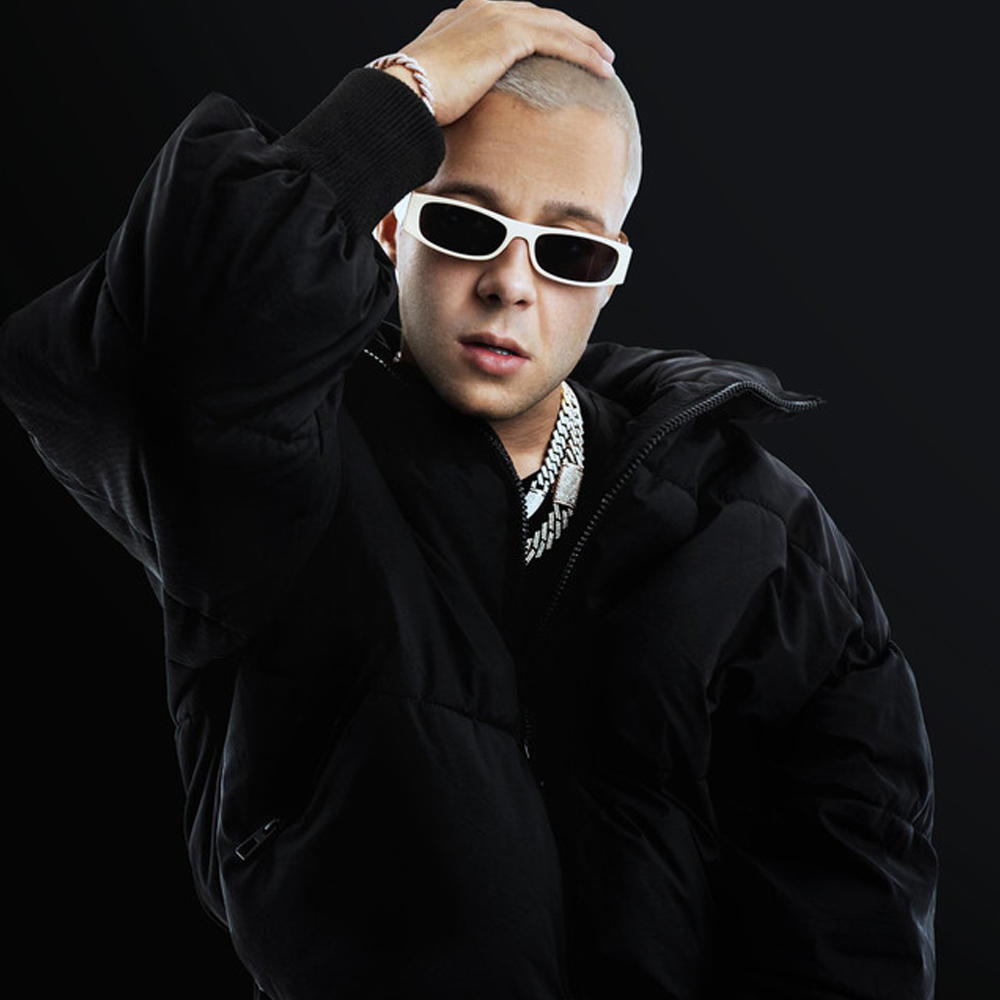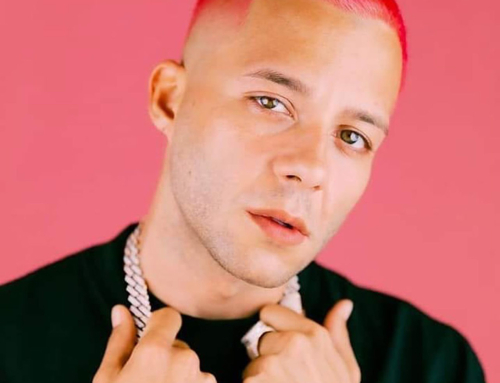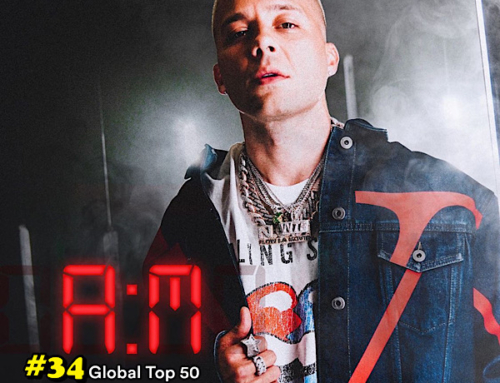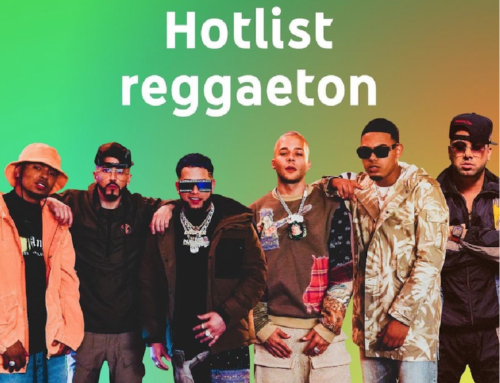“One of the key themes in 2019 — and not just 2019, the past generations, too — is heartache,” Nio Garcia tells People CHICA. Here, the artist talks about his hit “Te Boté” and his upbringing in Puerto Rico.
“Reggaeton was everything to me when I was a little kid,” says 30-year-old reggaetonero Nio Garcia, reminiscing about his youth in Carolina, Puerto Rico, aka the birthplace of the reggaeton movement. Garcia’s childhood aligned with the genre’s golden era led by artists like Ivy Queen, Daddy Yankee and Don Omar, all of whom laid the groundwork for artists like Ozuna and J Balvin to become international stars. As an adolescent, Garcia would hit the streets to discover the latest music; as with rap and hip-hop in the U.S., you knew an artist was destined for greatness if every car in the barrio was blasting their music.
“It was like stunting, finessing. Like, ‘Let’s hit the streets with the system, so-and-so dropped a new song and it’s really good,’” he says. Like his peers, he dreamed of driving through his hood in his own car with a sound system, but he never imagined that one day he would hear his own music blasting out of windows. His hit ”Te Boté” with Casper Magico and Darell first appeared almost two years ago in the aftermath of Hurricane Maria and placed him on the map, and gained even more traction after Ozuna, Bad Bunny and Nicky Jam joined the 7-minute remix that debuted in April 2018. The remix spent 13 weeks holding the top spot on the Billboard Hot Latin Songs chart, and peaked at 36 on the Hot 100.
Garcia admits that the song has a variety of ingredients that combined make up a perfect hit. “One of the key themes in 2019 — and not just 2019, the past generations, too — is heartache. It’s that area in which we let our partner or boss know that we don’t want anything to do with them,” he says. “That everything is over.” The Puerto Rican native recognizes that the people involved played a huge role in the song’s success, too, naming producer Martino and Flow La Movie along with the artists involved in the remix.
Similarly, his latest remix to “Mírame” covers a similar theme, this time with Myke Towers, Darell, and Casper Magico joining original participant Lenny Tavarez. Both videos showcase Garcia’s talent for dance, which he feels is his first passion. “Before sitting in a car and blasting a song that I liked, I would watch Michael Jackson and Usher videos,” he recalls. “Music that I didn’t even understand at a certain level because I was so young, but I loved what they projected.” Before entering the music industry he spent years as a performer; his curiosity about how an artist dominates a crowd led him to the studio. There he approaches songs with a dancer’s ear. ”The first thing I fall in love with is the beat, the rhythm,” he explains. “If the rhythm makes me move or indicates that it’s danceable, it’s a hit.”
Though dance has always gone hand in hand with music, the element of movement by the performers themselves has been missing from urbano for a while. Though some artists of the new generation embrace dance, it’s not as widespread as it once was. “It’s been a thing since way back, like with Vico C — in our culture and specifically American culture, which is where this was born,” Garcia says. “I think right now, Rauw Alejandro and Lenny Tavarez and ‘Mírame,’ [along with myself], are pushing that concept worldwide.”





